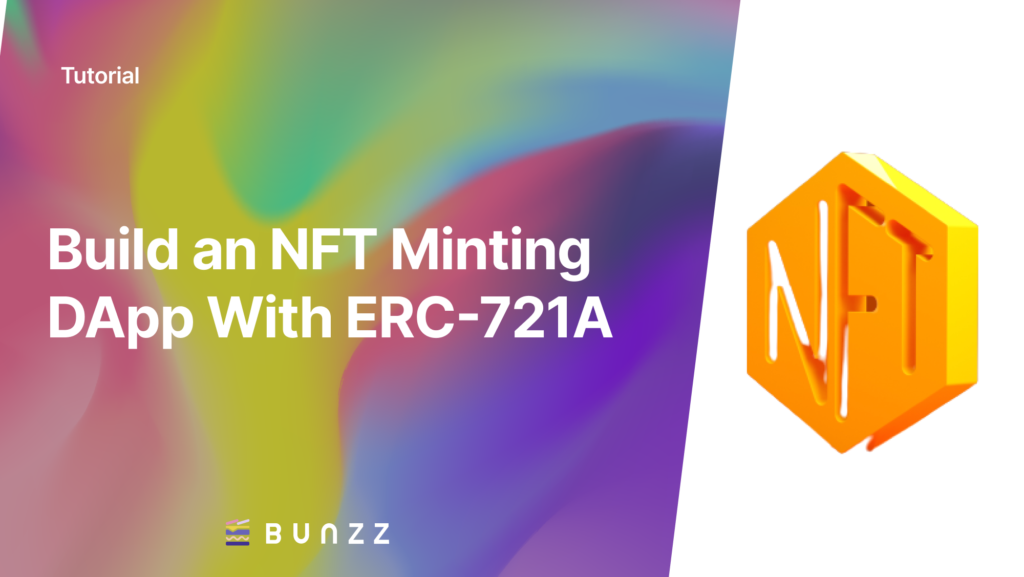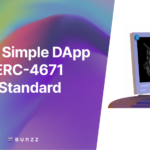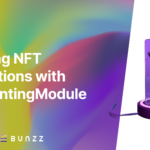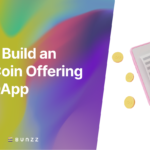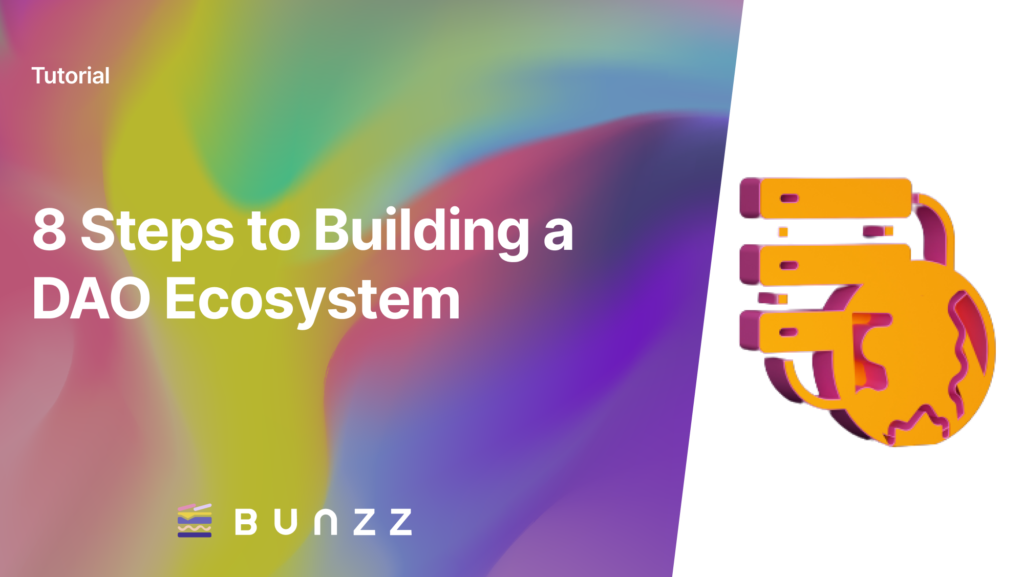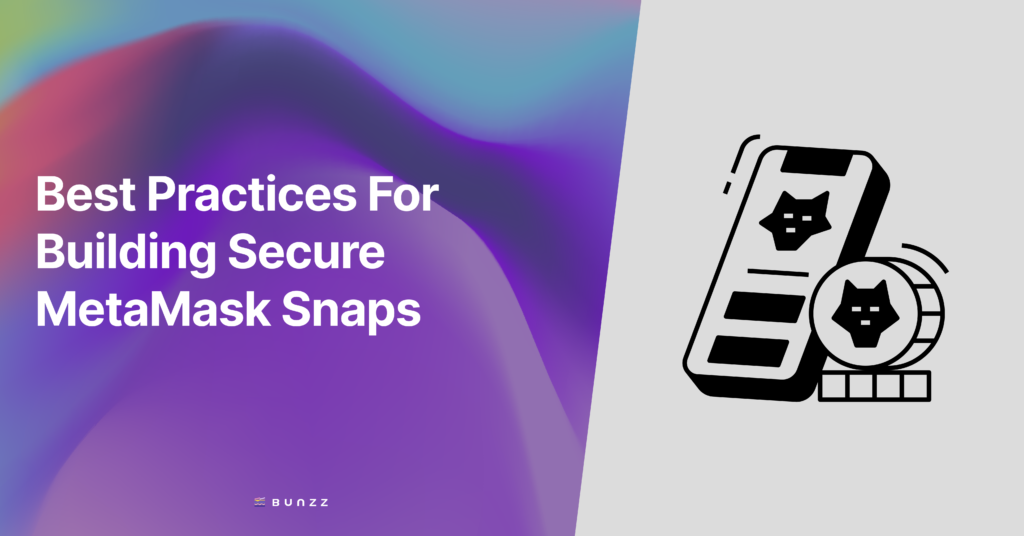Many aspects of our lives have been transformed by blockchain technology, including how we exchange value, interact with digital assets, and own unique digital assets. Non-fungible Tokens (NFTs) are a revolutionary concept that enables us to create and own unique digital assets that can be bought, sold, and traded like any other asset.
This guide will explore creating an NFT Minting DApp using ERC-721A, an Ethereum blockchain standard for NFTs.
What is ERC-721A?
ERC-721A is an extension of ERC-721 that provides significant gas savings for batch-minting NFTs while still being ERC-721 compliant.
This is primarily accomplished through 3 optimizations:
- Getting rid of duplicate storage in OpenZeppelin’s (OZ) ERC721Enumerable
- The owner’s balance is updated once per batch-mint request rather than once per minted NFT.
- Updating the owner data only once per batch-mint request rather than once per minted NFT
ERC-721A Characteristics:
- Transfers token ownership from the minting stage to the transferring stage.
- It has been extensively optimized for generative artwork NFT collections.
- Gas savings rise as more popular projects become more popular.
- Ideally suited for NFTs with a busy mint phase.
- Gas savings are prioritized during the minting phase.
Limitations of ERC-721A:
- Single NFT mints are more expensive.
- Each contract can only represent one kind of NFT.
- Not suitable for pure utility NFTs with no active mint phase.
- There is no support for semi-fungible tokens.
Creating NFT Minting DApp with ERC-721A
An NFT Minting DApp is a decentralized application allowing users to create or ” mint” their unique NFTs. These NFTs can be digital art, music, videos, or tweets. Once minted, an NFT is stored on the blockchain and can be traded or sold like any other asset.
Building an NFT minting DApp based on the ERC-721A token standard can be a complex process, but with the help of the Bunzz boilerplate, it can be made much easier.
Let’s walk through the steps of using the Bunzz boilerplate, which provides a pre-written codebase that can be easily customized to meet your specific needs, allowing you to save time, test, and deploy your DApp to a blockchain network quickly.
Using the NFT Minting Boilerplate
Here are key steps to start with the NFT minting Boilerplate and ensure you have everything needed to run and customize the boilerplate for your use case:
- Clone the GitHub repository of the NFT minting boilerplate to your local computer.
- Open the cloned repository using your preferred IDE, such as Visual Studio Code.
- Install the necessary NPM packages by running npm install or yarn install in the terminal.
- Deploy the ERC-721A smart contract module from Bunzz
- Copy the ABI and smart contract address from the Bunzz dashboard.
- Open the erc721A.json file and replace the existing ABI content with the one you copied from the Bunzz dashboard.
- Open the constants.js file and locate the smart contract address variable. Replace the current address with the one you copied from the Bunzz dashboard.
PS: 56 represents the BSC Mainnet ID, while 97 is the BSC Testnet ID. - Start the app by running npm start or yarn start. The DApp will look exactly like the image below.
- Input the desired number of NFTs to be minted, then click the “Mint” button.
- To sign the transaction and mint the NFTs, click the confirm button when prompted by MetaMask wallet.
Go to the BSC testnet explorer to see if you truly minted 10 NFTs; as shown below, the 10 NFTs have been minted successfully on the BSC.
You can change the interface or add new features by editing and customizing the boilerplate code to fit your specific NFT minting use case.
The boilerplate was built using the following:
- React.js for the Front-End and user interface
- ERC-721A Smart Contract deployed from Bunzz
- Web3.js and ethers.js interact with the smart contract.
- Binance Smart Chain (BSC) Testnet
These steps will give you everything you need to build and customize an NFT minting DApp for your use case using the ERC-721A boilerplate.
——————
By following these steps and using the boilerplate, you will have everything you need to build and customize a NFT Minting DApp using ERC721A for your use case.
We can’t wait to see what you’ll build; if you follow these steps and get stuck or have any questions, feel free to reach out on Discord or send a DM on Twitter.
